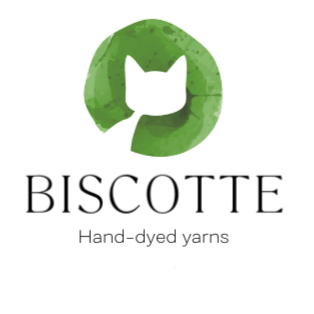Introduction
At it’s heart, knitting consists of two stitches: knit and purl. These two basics knitting stitches, however, can be combined to create a multitude of beautiful designs and stitch patterns. As knitting lovers, we all have our favorite knitting stitches – whether it’s because we like the pattern it creates or the feel of the combined knitting stitches, the reasons for our preferences are highly personal and individualized. In this post, I’ll cover a few of my favorites and why I like them so much.
Stocking Knit
One of the first two I teach to new knitters and one of the first I learned when I started knitting, stocking knit is one of the more basic knitting stitches consisting of one row knit and one row purl when working back and forth. I love socking knit for its simplicity, but I also love the appearance of it. The little Vs stacked up in a straight line throughout the work. It looks smooth and professional. I like to use stocking knit to make socks (big surprise), sweaters (sometimes), and hats.
I think stocking knit is also quite versatile since it can be combined with other knitting stitches to create beautiful finished works without diminishing or overshadowing other more elegant stitch work. Also, stocking knit is easy to over-sew to make eyes or other details on stuffed animals, sweaters, hats, and other projects.

Seed Stitch (AKA Moss Stitch)
Seed stitch or moss stitch creates a bumpy pattern. It’s created by knitting the purls and purling the knits. I love the bumpy texture and tight gauge this creates. It makes a great scrubbing section for a washcloth or an interesting detail in sweaters, blankets, and other detailed creations.
I’ve also used seed stitch when making stuffed animals. It’s frequently an excellent effect for ears (say on an elephant), or to provide a grippy, child safe toy that can be chewed and squeezed without losing its stuffing.

Ribbing
Typically used in cuffs, hems, and necklines, ribbing is a combination of knits and purls that creates a straight row of each. I love that it has a little room for play, making it easier to get sweaters over your head, hats over your ears, and socks past your heel. Although it’s also a fairly basic knitting stitch pattern, it looks complicated and gives the new knitters I teach a sense of progress and expertise.

Garter Stitch
Garter stitch is the first knitting stitch I teach to new knitters and was the first one I learned. Although quite simple – knitting every row back and forth – it creates a soft, squishy pattern that is perfect for scarves, blankets, and baby clothes. It’s warm and quick to work up once new knitters get the hang of it, which gives them a sense of accomplishment.

Cable Stitches
Although cabling can be made in a variety of styles, shapes, and patterns, I’m including them in one category here for a more general look. Cabling is a more advanced technique requiring the use of a cabling needle to move the appropriate number stitches in front of or behind the rest of the work and back again. I love the spirals and waves that result. Cable knitting stitches are an excellent way to add dimension and interest to a work that would otherwise be flat. I particularly enjoy cabling in sweaters, socks, and scarves.

Summary
These are just a few of the amazing knitting stitches that can be made combining the basic knit and purl stitches. You can experiment few of these knitting stitches with the Underage Wizard's scarf knitting pattern which was designed especially for beginners. There are many others that could have been on this list. What are your favorite knitting stitches and why?

